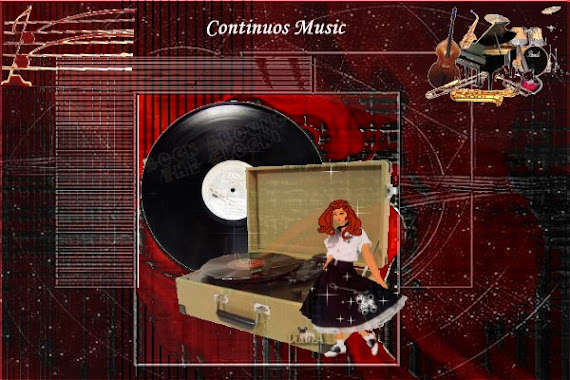..........The same old shillelagh..........
What I have mistakenly called a shillelagh all these years was once a very popular weapon in 19th-century London. Very handy to have - but not something the Irish would have used at that time, or earlier. Their weapon of choice would have been a cane made from oak, blackthorn, ash or holly.Known by many names, including bata in Gaelic - which means, fighting stick - the original cane gets its name from the Shillelagh Forest in County Wicklow. The forest was once famous for its massive stands of fine oaks. Sadly, most of them were cut down and exported and, when you see how few trees remain in Ireland, there's little comfort in knowing that many famous buildings in Western Europe were built with Irish imported oak.
Curiously, it was from the pen of an English writer who, on seeing an oak cane and knowing where it came from, coined the term Shillelagh. Eventually, it became synonymous for any Irish walking stick.Sometimes, the knob on the end was hollowed out and filled with molten lead; this was known as a "loaded stick." However, in sticks made of blackthorn, the knob was actually the root and it would not have been necessary to "load" it because it could pack a significant whack!The bark is left on for added toughness and often a metal ferrule is secured at the end opposite of the knob. To keep the wood from splitting during the drying process, sticks were often buried in a manure pile, or smeared with butter and placed in the chimney to cure.
: http://www.shapirobernstein.com/mbr/shapiro_playsong.asp?recnum=5760














No comments:
Post a Comment